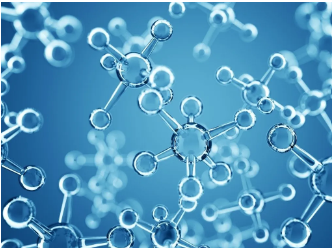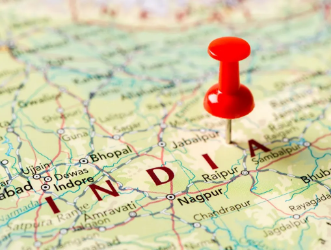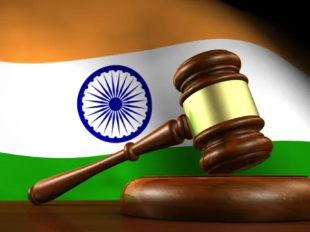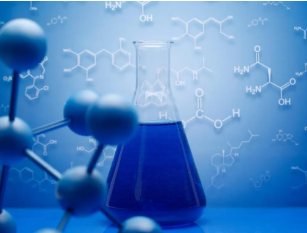India holds public consultation on revised standard for Epsom salts

The Bureau of Indian Standards is seeking comments until 24 June on the second revision of the standard for magnesium sulphate, commonly known as Epsom salts (Second Revision of IS 2730).
First standard for Epsom salts
This standard was first published in 1964 and subsequently revised in 1977. Initially, two Indian Standard specifications were published for magnesium sulphate, IS 257 focusing on technical grade and IS 377 on pharmaceutical grade. These specifications were subsequently merged into IS 2730.
In the first revision, changes were made to the magnesium sulphate content limit and the chloride and iron were limits for the technical grade of the material for use in the leather industry. Furthermore, the criteria for pharmaceutical grade were deleted.
Changes in the second revision of the standard
- The revised standard proposes that there are two grades of material: pure and technical.
- The pure grade of the material is used in cosmetics, mineral water, explosives and silk weighting. The technical grade of the material is used in the textile and leather industries where it is used as a tan precipitant for the purpose of fixing tan. It is also used as a micronutrient in fertilizers to meet magnesium deficiency in plants.
- The material shall be in the form of colourless crystals, soluble in water and sparingly soluble in ethyl alcohol (90 percent v/v).
- The crystals are liable to become powdery on efflorescence and, unless otherwise agreed to between the purchaser and the supplier, this condition shall not render the material unacceptable.
- The material shall be packed in airtight containers as agreed between the purchaser and the supplier. The containers used for packing the pure grade shall be lined with polyethylene.
Additional requirements for Epsom salts are given in the table below.
| Sr. No. | Characteristic | Requirement for grade | |
| Pure | Technical | ||
| 1 | Magnesium sulphate (as MgSO4), (calculated with reference to the material dried at 300 °C), percent by mass | 99.5 to 100.5 | 98.0 to 100.5 |
| 2 | Chlorides (as Cl), percent by mass, Max | 0.12 | 1.0 |
| 3 | Lead (as Pb), ppm, Max | 5 | – |
| 4 | Arsenic (as As2O3), ppm, Max | 2 | – |
| 5 | Iron as (Fe), percent by mass, Max | 0.002 (20 ppm) | 0.007 (70 ppm) |
| 7 | Matter insoluble in water, percent by mass, Max | – | 0.20 |
Further details of the requirements, methods, marking and sampling and BIS certification marking can be found here: WCCHD17025380_24042024_2.pdf (bis.gov.in)
We acknowledge that the above information has been compiled from Bureau of Indian Standards.




